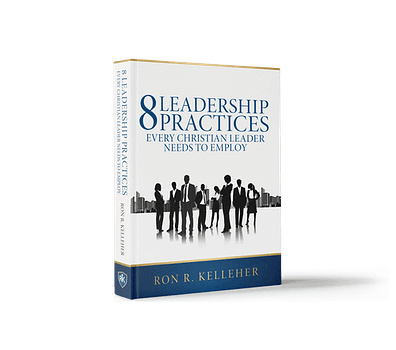One-way young leaders develop their leadership style is by imitating the styles of leaders they admire. As you scan the landscape of leaders in the public eye, there are many leaders who are powerful because of their position. Some leaders have made an impact because of what they have accomplished. And a few can even be described as authentic.
The best leaders combine these characteristics of power, impact, and authenticity to become great leaders. So, what does a powerful, impactful, authentic leader look like?
In her book, Strategize to Win, Carla Harris says no matter what kind of leader you are today, you can grow into a better leader by combining power, impact, and authenticity. She describes the profile of a powerful, impactful, authentic leader around the acronym, l-e-a-d-e-r.
L is for Leverage
Great leaders realize someone they know has knowledge they can leverage. No one has a monopoly on the best ideas, so it is important to leverage the best ideas of others. The best leaders create environments where people freely share their ideas and are invested in the success of the team.
E is for Efficiency
Great leaders are efficient communicators. They deploy crystal clear expectations and take the time to ensure understanding. Additionally, they provide timely, effective feedback, so people know how to execute successfully.
A is for Action
Great leaders are decisive. They know there is a time to act. Fear of making a mistake sometimes limits action. However, often it is far costlier to give in to the fear of making a mistake than to act, make a mistake, correct, and then move on.
D is for Diversity
Great leaders understand the power of diverse thinking. To succeed over the long haul in today’s competitive environment, you need diverse ideas to give birth to innovative solutions. Diverse ideas come from diverse perspectives. And diverse perspectives come from diverse experiences.
E is for Engaged
Great leaders know how to engage with people on a personal level. They also create environments where people are engaged at work. Connected people are engaged. The more connected a leader is to people, the more engaged people will be to the success of the organization.
R is for Responsible and Responsive
Great leaders are both responsible and responsive to their organizations. They know they are ultimately responsible for outcomes, both positive and negative. When things don’t go well, they don’t shift blame to others.
Great leaders are also responsive to their organizations. When issues come up, as they always do, great leaders respond promptly, answering questions, giving guidance, and keeping the organization moving toward the goal.
Powerful, Impactful, Authentic Leader
One reason we have so many ineffective leaders around today is that leadership is difficult. The responsibility of leading is an hourly, daily challenge. Each characteristic Carla describes; leverage, efficiency, action, diversity, engagement, responsive, and responsible are exhibited by great leaders. A good leader may exhibit two or three such characteristics, but great leaders work to develop all seven of them.
[thrive_text_block color=”light” headline=”Carla Hall is Vice Chairman and Managing Director of Morgan Stanley. She serves on the boards of Walmart and Harvard University. She is the author of Expect to Win and Strategize to Win.”] [/thrive_text_block]
Join the Conversation
As always, questions and comments are welcome. What aspect of being a powerful, impactful, authentic leader is most challenging for you? Why?
I’d love your help. This blog is read primarily because people like you share it with friends. Would you be kind enough to share it by pressing the share button below?
Category: Personal Development | Leader Qualifications



